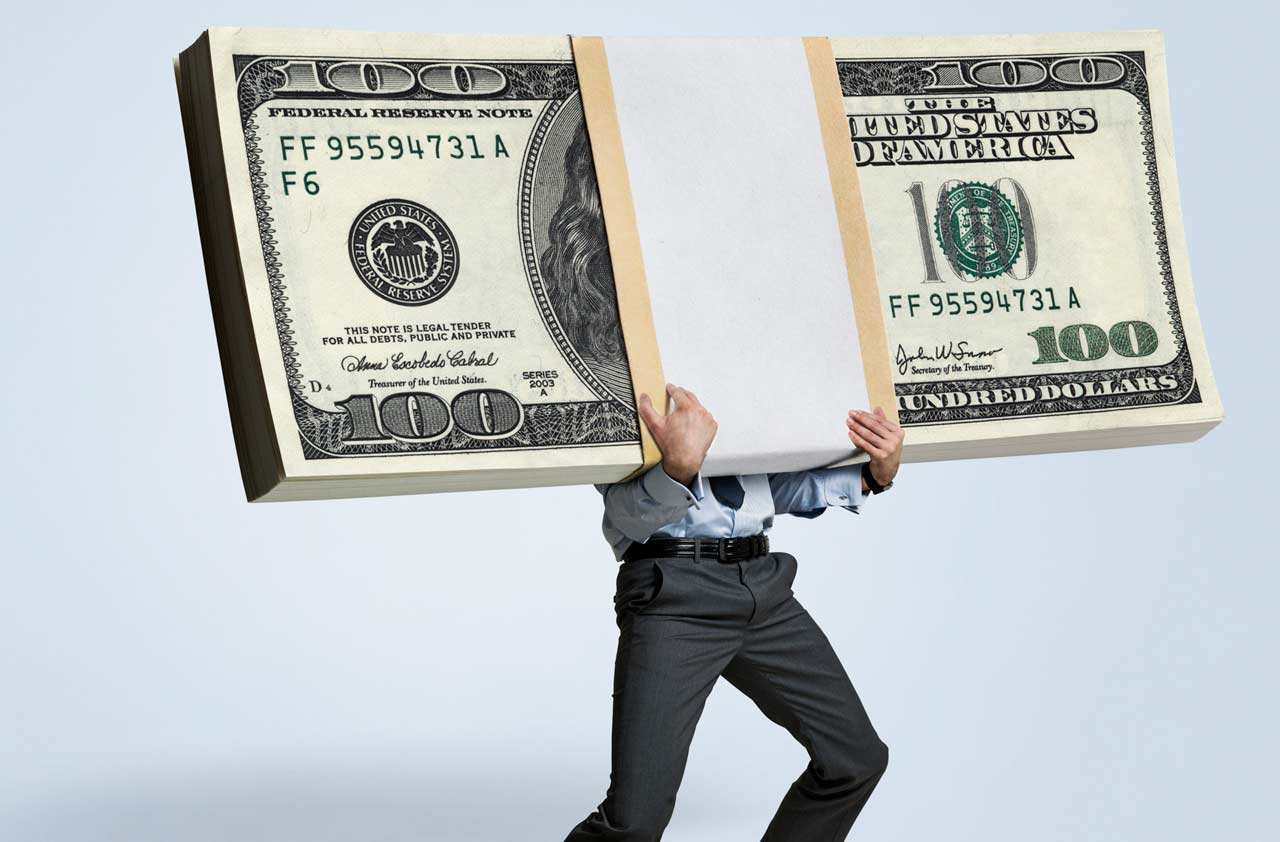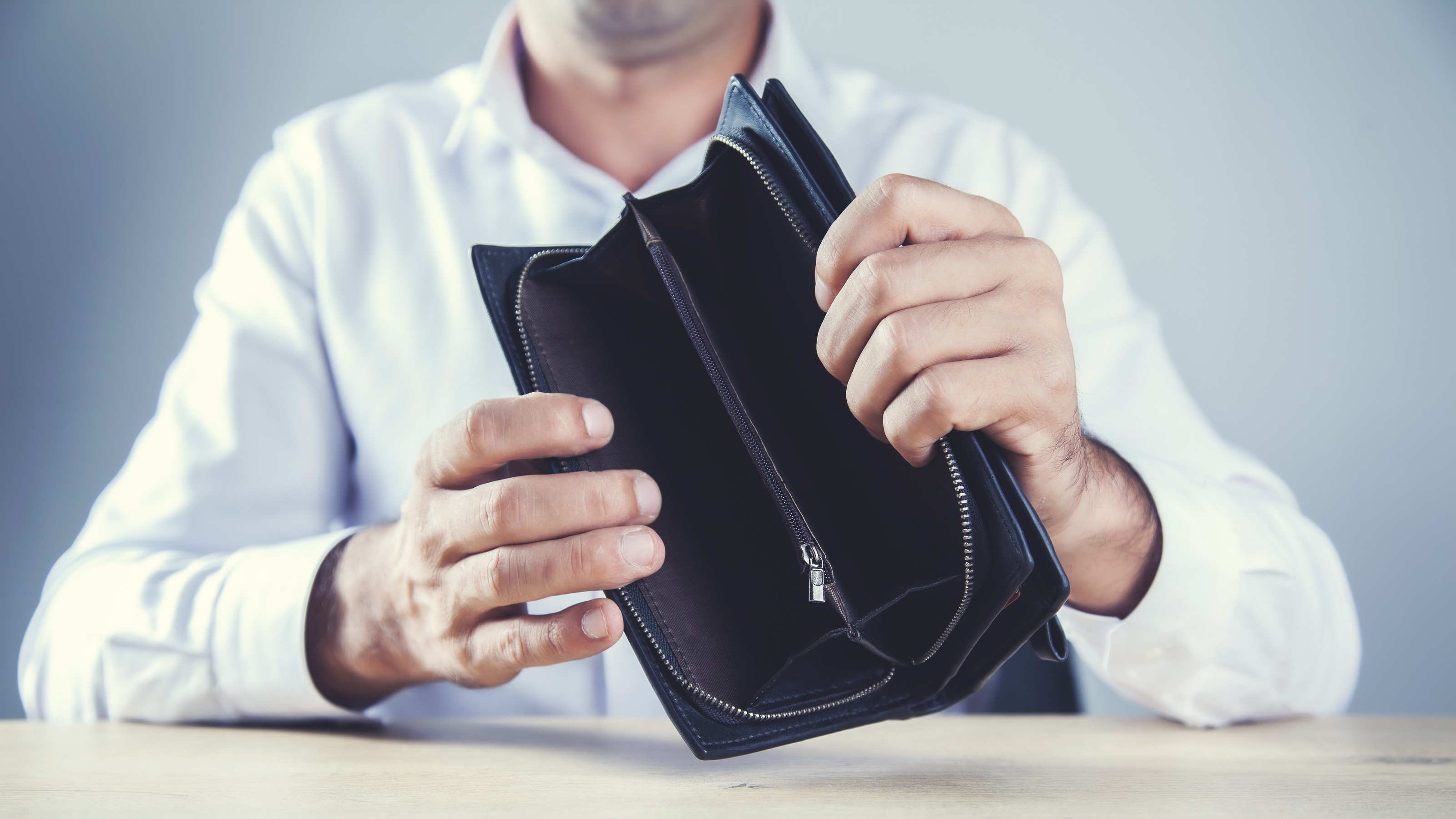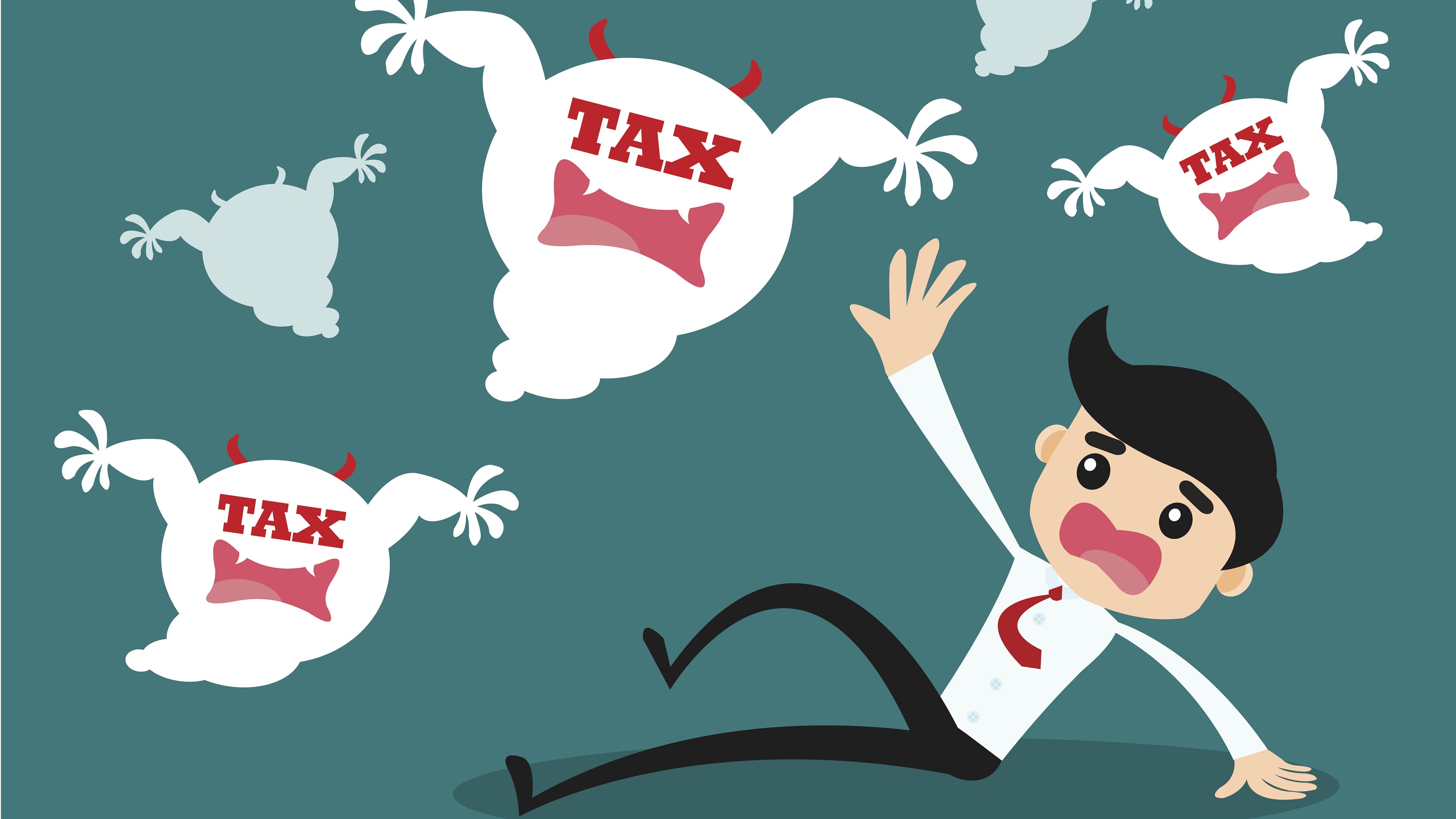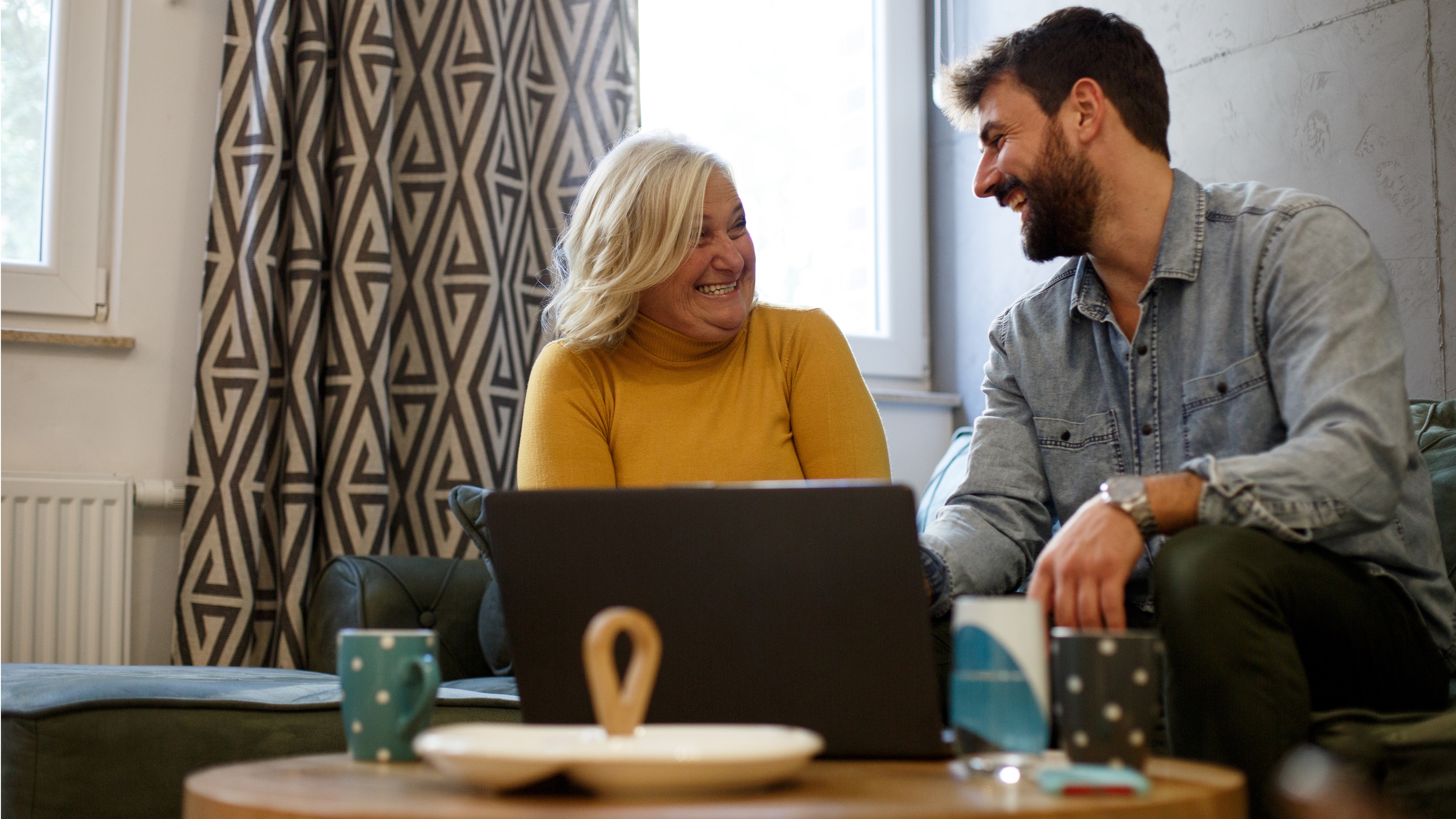Got a Big Lump Sum to Invest? Watch Out for Vintage Risk
If you've recently received a substantial windfall, consider the "vintage risk" when investing large sums of cash. Easy does it: Now's not the time to make a big move all at one time.

An occupational hazard of working in a profession like investing is that you often find yourself analyzing everyday life situations as if they were investments. I experienced this when my wife and I visited Napa Valley this fall and had the opportunity to taste several extraordinary wines — wines normally well beyond our price range. During our visit, I decided to conduct a mini-survey of the various vineyards we visited. My question: Is the quality of a wine pre-determined by the quality of a grape, or is the winemaking process most responsible for creating an exceptional wine?
My very scientific study resulted in a consensus: Winemakers say the quality of the grape dictates the potential quality of the wine, and the winemaking process only serves to help that grape realize its potential. So, while the process certainly matters, you can only get so good if you start with an average vintage of grape.
How Vintage Risk Bubbles Up over Time
Just as with growing grapes, good years and bad years are also an intrinsic part of economies and markets. Certain “vintages,” like 2019, are banner years for the equity markets generally. In 2019, even with flat earnings, the S&P 500 experienced 30% gains. Any portfolio weighted toward U.S. equities in 2019 likely had a very good year. On the other hand, in years like 2011, 2015 and 2018, the broader market produced less spectacular returns. As a result, portfolios weighted to U.S. equities in those years likely produced similarly unspectacular results.

Sign up for Kiplinger’s Free E-Newsletters
Profit and prosper with the best of expert advice on investing, taxes, retirement, personal finance and more - straight to your e-mail.
Profit and prosper with the best of expert advice - straight to your e-mail.
To mitigate the risk of any particular cycle, investors are advised to take a long-term view, to diversify their investments across various asset classes and strategies, and to not base the timing of their investment decisions based on predictions of future market cycles. However, in certain situations implementing this advice is easier said than done.
In my field of private equity investing, fund managers are judged based on the performance of their fund vintage. But what exactly is meant by “vintage” in the context of investing — a concept more familiar to wine enthusiasts than to investors? Put simply, when investing large sums in a small number of companies, you are inherently taking a market timing risk, because you must buy the whole company all at once instead of investing a little bit each month over time. In doing so, you run the risk that valuations for deals made in a particular fund year, or vintage, were particularly high due to a frothy M&A market or an impending recession. Even the best fund managers had trouble producing spectacular returns from funds raised just before the Great Recession. In other words, just like with growing grapes, sometimes private equity fund returns are driven more by the year the fund was raised than by the quality of the investing process used to deploy that fund.
To separate the good fund managers from the bad, it’s therefore important to know which ones benefited more from a general rising tide than from investing skills and business acumen. As such, sophisticated institutional investors evaluate the private equity funds to which they allocate their investment dollars, not only do they consider a fund manager’s absolute performance history, but they also evaluate that performance history in the context of a fund’s vintage.
Vintage Risk Is Especially Worrisome When a Windfall Blows Your Way
So how does this wine and private equity analogy apply to the average investor? When saving for retirement, financial planners often advise following principles like paying yourself first each month and dollar-cost-averaging to limit the impact of marketing timing. This is great advice when your financial situation is in a relatively steady state. However, there’s one scenario where this approach should be modified: when an investor is seeking to invest a large, one-time cash windfall. In this case, investors must also factor vintage risk into their decision-making.
There are many scenarios where an investor might receive a one-time, lump sum cash windfall. For instance, my firm recently invested in a wonderful family business. We were proud that our investment supported the succession planning goals of the two owners who were nearing retirement age and whose children didn’t work in the business. Our investment resulted in a one-time windfall for the owners.
One question they had for us — which also applies to anyone who sold a business, received a substantial inheritance or retirement package, sold property or any of the many other ways one might come into a large amount of money — was what to do with their newfound cash. Our answer: Diversify across asset classes based on your goals and risk tolerance, but also to invest it slowly over time to avoid vintage risk!
Invest that Windfall Slowly But Surely
Many experienced investors work with a trusted financial adviser, and most advisers will always have their clients’ best interests at heart. However, there’s an inherent potential risk in the adviser model if a financial adviser is paid based on a percentage of invested assets under management. If a client keeps a lot of money in cash instead of investing it in the market all at once, they risk creating a misalignment of incentives between their desire to manage vintage risk and their adviser’s desire to maximize assets under management.
Yet the best way to manage vintage risk when investing a windfall is to do just this! Therefore, once you and your adviser have determined your desired allocation strategy, it’s important to proactively insist on deploying any one-time cash windfall slowly and methodically over time — thereby limiting the impact of any specific market timing.
After the strong stock market returns of 2019, it’s timely to remind investors about vintage risk — especially when investing large sums of cash at one time. By investing that cash over time, investors can diversify the risk of market timing in a way that other diversification and rebalancing strategies aren’t able to do. And for investors wary of leaving money on the table by keeping it in cash, remember what Warren Buffett has said about the value of cash: Its value isn’t simply the returns it generates but also the optionality it provides for investors who want to take advantage of opportunities.
Hopefully 2020 is another great vintage for the market (and for wine). If you find yourself in the fortunate position of receiving a large financial windfall, it’s good to remember Buffett’s advice and also to remember to consider vintage risk.
Get Kiplinger Today newsletter — free
Profit and prosper with the best of Kiplinger's advice on investing, taxes, retirement, personal finance and much more. Delivered daily. Enter your email in the box and click Sign Me Up.

Tim Fries is co-founder of Protective Technologies Capital, an investment firm focused on helping owners of industrial technology businesses manage succession planning and ownership transitions. He is also co-founder of the financial education site The Tokenist. Previously, Tim was a member of the Global Industrial Solutions investment team at Baird Capital, a Chicago-based lower-middle market private equity firm.
-
 Could a Golden Visa Be Your Ticket to Retiring Abroad?
Could a Golden Visa Be Your Ticket to Retiring Abroad?Trump and DOGE are weighing a U.S. "Gold Card" that would let the wealthy emigrate to the U.S. for a fee. But golden visas have been around for years worldwide. Here's how they work.
-
 Running Out of Money in Retirement: Nine Steps to Reduce the Risk
Running Out of Money in Retirement: Nine Steps to Reduce the RiskQuit worrying about money and enjoy a carefree retirement. Sounds good, right? Well, if you follow these nine steps from a financial adviser, you could be on your way to that goal.
-
 Running Out of Money in Retirement: Nine Steps to Reduce the Risk
Running Out of Money in Retirement: Nine Steps to Reduce the RiskQuit worrying about money and enjoy a carefree retirement. Sounds good, right? Well, if you follow these nine steps from a financial adviser, you could be on your way to that goal.
-
 I'm a Financial Planner: Here Are Five Lesser-Known Ways to Avoid Estate Tax
I'm a Financial Planner: Here Are Five Lesser-Known Ways to Avoid Estate TaxThe clock is ticking on the estate and gift tax provisions in the Tax Cuts and Jobs Act, so the sooner you act on removing assets from your estate, the better.
-
 Is a Silent Wealth Killer Stalking Your Retirement?
Is a Silent Wealth Killer Stalking Your Retirement?Poor tax planning can drain your retirement of tens or even hundreds of thousands. Stop the bleeding with a laser focus on tax efficiency.
-
 Put Time on Your Side With This Simple Retirement Strategy
Put Time on Your Side With This Simple Retirement StrategyA financial professional recommends thinking in terms of three financial stages — active years, slower-paced years and later years — assigning each one a unique bucket of investments.
-
 Five Opportunities if You're in the 2% Club in Retirement
Five Opportunities if You're in the 2% Club in RetirementIf you're among the 2% of the population with both a pension and $1 million or more saved, you're in a unique yet complex position as you approach retirement.
-
 I'm an Insurance Expert: This Is How You Get the Right Insurance Coverage at the Right Price
I'm an Insurance Expert: This Is How You Get the Right Insurance Coverage at the Right PriceFirst, you have to know what you want and ask the right questions of the right professional. This insurance pro explains exactly how to do that.
-
 Four Tips for Mastering a Financial Security Mindset
Four Tips for Mastering a Financial Security MindsetThis financial professional's mom helped him learn that financial security is more than making money — it's about cultivating a mindset that will help you stick to an investment plan even when times get tough.
-
 Lessons to Be Learned From a $1 Billion Divorce
Lessons to Be Learned From a $1 Billion DivorceAn estate planning attorney notes that an oil executive’s billion-dollar divorce could have turned out very differently if the couple had a premarital agreement and the executive had used asset protection trusts.